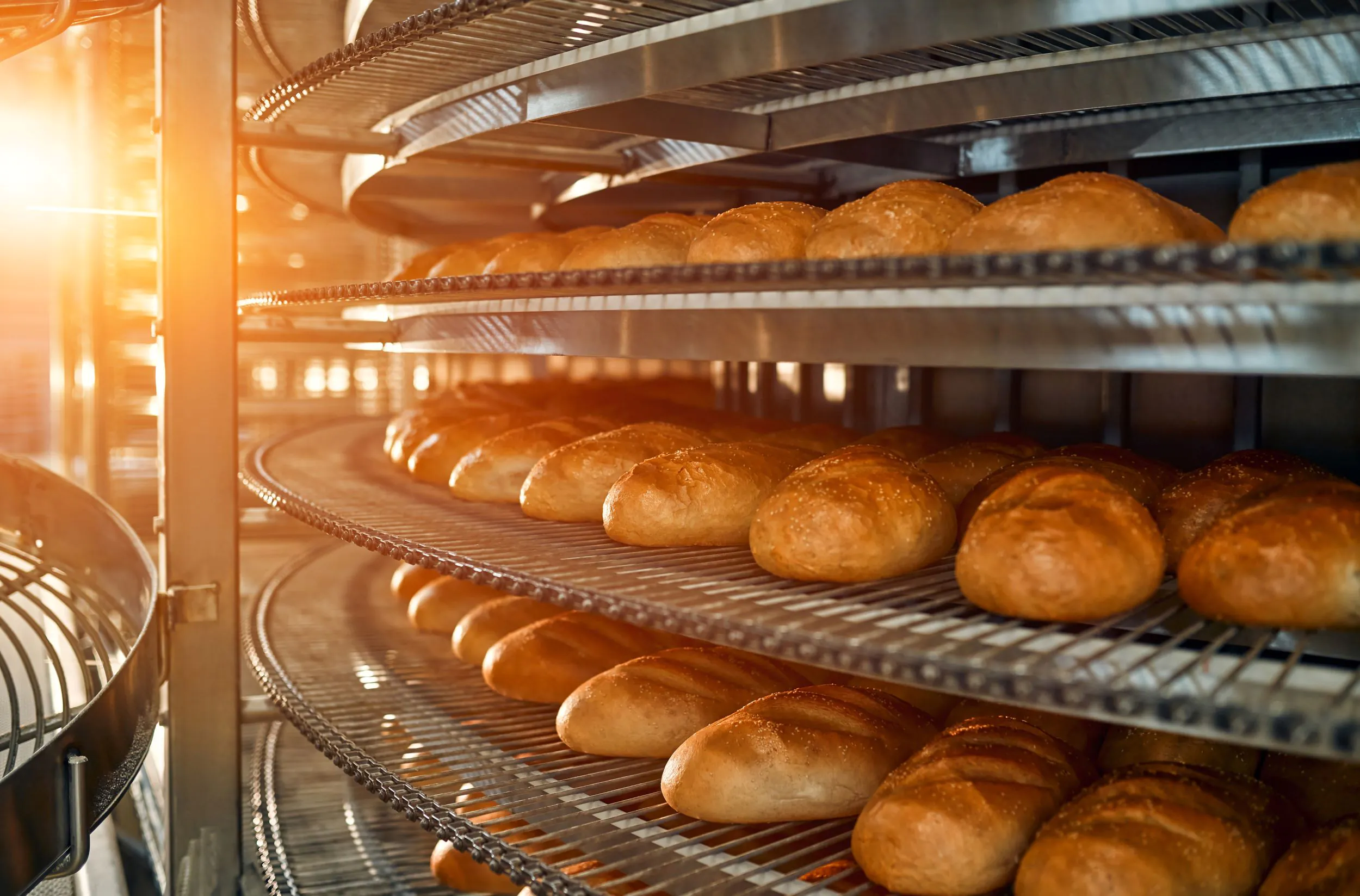Tea is an immensely popular beverage worldwide. It is becoming increasingly trendy in multiple forms, and despite competition from beverages such as soft drinks or coffee, it is second only to bottled water in terms of consumption. Demand for black and green tea is inelastic, meaning that changes in price will have little effect on it. The global tea market was valued at USD 13.85 billion in 2015 according to Persistence Market Research, and is expected to reach USD 21.33 billion by 2024.
The Food and Agriculture Organization of the United Nations expects production and exports of green and black tea to grow over the course of the next decade, with green tea growing at a faster rate. China currently leads exports of green tea, accounting for close to two-thirds of the total. Tea prices have risen in recent years, leading to an increase in export earnings. This has had a substantial impact on rural incomes in countries exporting tea.
Tea is a versatile drink on many levels, including temperature, flavor, healthiness, and price. It can be consumed hot or cold, made fresh or purchased in ready-to-drink (RTD) form. Not only are there many types of tea (black, green, herbal, etc.), there are also many varieties within those broad categories, as well as an almost infinite combination of ingredients that can be added to create different flavors. These varieties and ingredients impact the price — lower-quality teas are inexpensive and easily accessible, while rarer or more elaborate teas are seen as a luxury and are considerably higher priced. Finally, the type of tea and the ingredients used determine whether the drink will be seen as a health beverage, a sweet indulgence, or something in between.
Health is a significant factor driving the demand for tea, particularly green tea. Consumers are increasingly looking for healthier, more natural alternatives to beverages such as soft drinks, and even RTD tea is often perceived to fit that description. Green tea in particular is considered by people around the world to have many health benefits, due in part to significant marketing efforts by tea producers.
Although green tea currently has a higher growth rate, black tea still dominates the global market, particularly in the west. North America in particular favors black tea, and will be a profitable market over the next decade. In contrast, tea consumption has declined in much of Europe, and the market faces competition from other beverages such as bottled water and soft drinks. Asia, however, is expected to see healthy growth in the coming years.
Despite sustained demand and expected growth, the industry still faces challenges in the future. Production is limited to a few select parts of the world, and is highly sensitive to changes in growing conditions. As climate change is currently a significant issue, this could be dangerous to the market. Also, while a growing number of people are viewing tea as an alternative to RTD beverages such as soft drinks, those beverages still pose strong competition in many markets.
If you’re looking for business partners, whether in the food and beverage industry or elsewhere, BizVibe has you covered. Register today and gain access to thousands of suppliers, manufacturers, potential customers, and more from around the world.



